How To Prevent Algae When Growing Hydroponically

- 1. What is algae?
- 2. How do algae get into hydro setups?
- 3. The dangers of algae
- 3. a. Oxygen depletion
- 3. b. Ph oscillation
- 4. How to prevent algae
- 5. How to clean algae out of your hydro setup
- 5. a. Step 1 - sterilization
- 5. b. Step 2 - draining the system
- 5. c. Step 3 - clean your system
- 6. Can algae in hydroponic setups be beneficial?
- 6. a. How to make seaweed extract at home
- 7. In conclusion
For beginner growers and those who are new to growing cannabis seeds in hydro setups, algae can mean a lot of problems. In small quantities, algae aren’t a huge problem but if left unmanaged for too long, it may consume all of the oxygen and the pH may fluctuate drastically.
1. What Is Algae?
Algae is an aquatic organism that can grow in any aquatic environment and is similar to a plant, and just like plants, they need sunlight, water, and nutrients to grow, this organism is very resilient and can grow wherever it finds a minimum amount of the elements cited before.
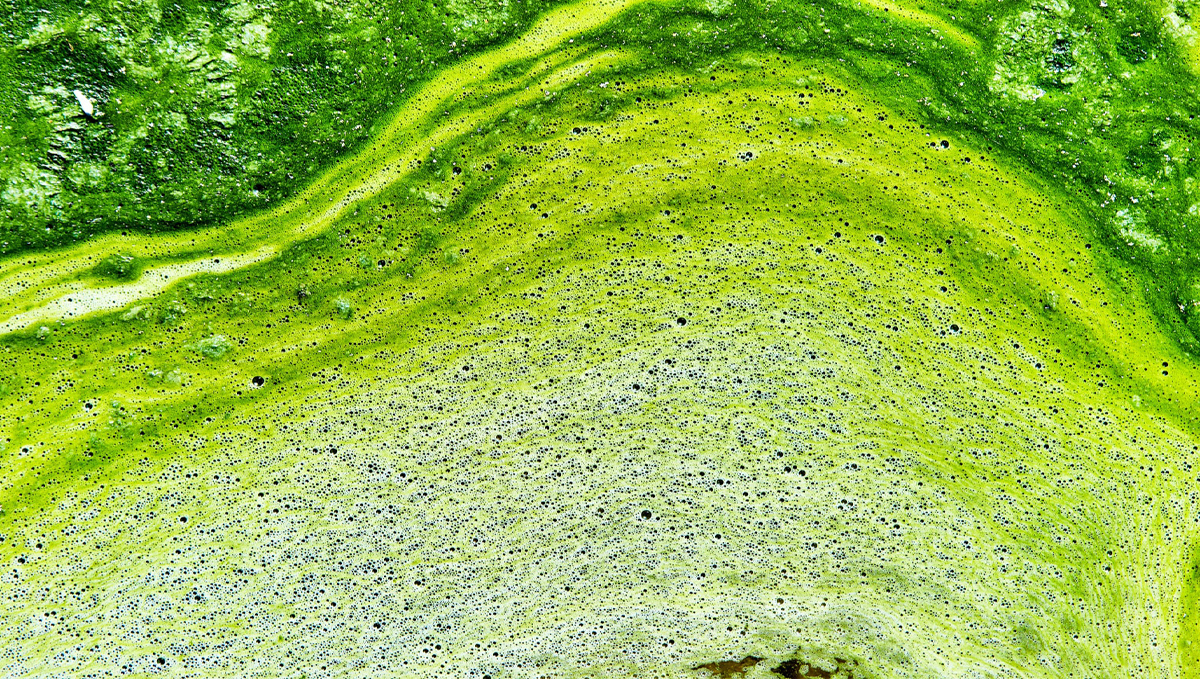
That is the reason why it’s difficult to prevent and eliminate them in hydroponics, as you may know, when growing in hydro setups you are providing the best conditions possible for your cannabis plants to grow so it’s the ideal place for algae to thrive. As phototrophic organisms, algal species are similar to plants in that they are able to convert sunlight into energy. This all makes perfect sense when you learn that algae were, in fact, around before plants and that all plants evolved from their algal predecessors. Algae play fundamental roles within ecosystems. In fact, around half of the oxygen that you inhale with each breath was formed from algae. Some forms of algae are also used as plant biostimulants when used intentionally. Because they contain nitrogen, phosphorus, potassium, and calcium, as well as growth-promoting substances, they offer a natural means of boosting plant growth. However, despite these amazing facts, algae aren’t always a welcome sight in the grow room or garden.
2. How Do Algae Get Into Hydro Setups?
Even though you may think that your hydro is sterile, it’s most likely that algae will find a way to invade your system because it can get into your hydro setup through airborne spores that are extremely durable so it’s almost impossible to prevent it. These spores can not only travel through the air but can also travel in your clothes, skin, and hair without you realizing it and once the spores reach the water, they will be in perfect conditions and will grow fast. As crazy as it may think, it’s impossible to keep your hydro setup free of algae so it’s expected to get algae in hydro setups at some level so you shouldn’t try to keep your hydro setup algae-free but have an effective way to control it.
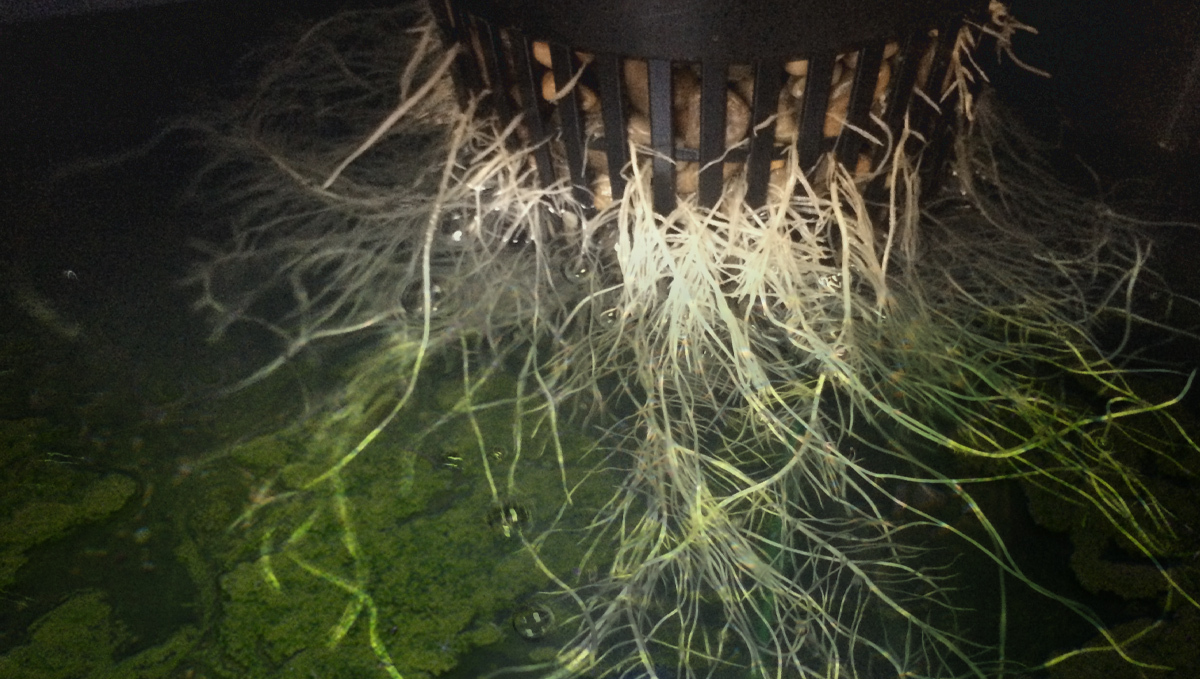
By knowing that algae will appear in your setup you can focus all the time and energy to prevent it from overtaking your system instead of wasting time trying to avoid something that it will happen, have in mind that most systems can survive small amounts of algae so you should only take actions when the algae population starts increasing.
3. The Dangers Of Algae
Algae can clog pipes, pumps, and cloud up the water which will turn green but those are not the main problems, when talking about algae, the main problems are basically:
- Oxygen depletion
- PH oscillation
Oxygen depletion
There are two ways that algae can cause oxygen problems. First of all, algae produce their own oxygen by splitting water molecules during the day, and as they produce oxygen, they’re consuming CO2 to make sugars (basically photosynthesis). So, at night, when there’s no light to perform photosynthesis, they begin to consume oxygen but cannot produce it so during the day you wouldn’t see a problem but during the night, they would consume all of the oxygen and you would wake up to a dead crop.
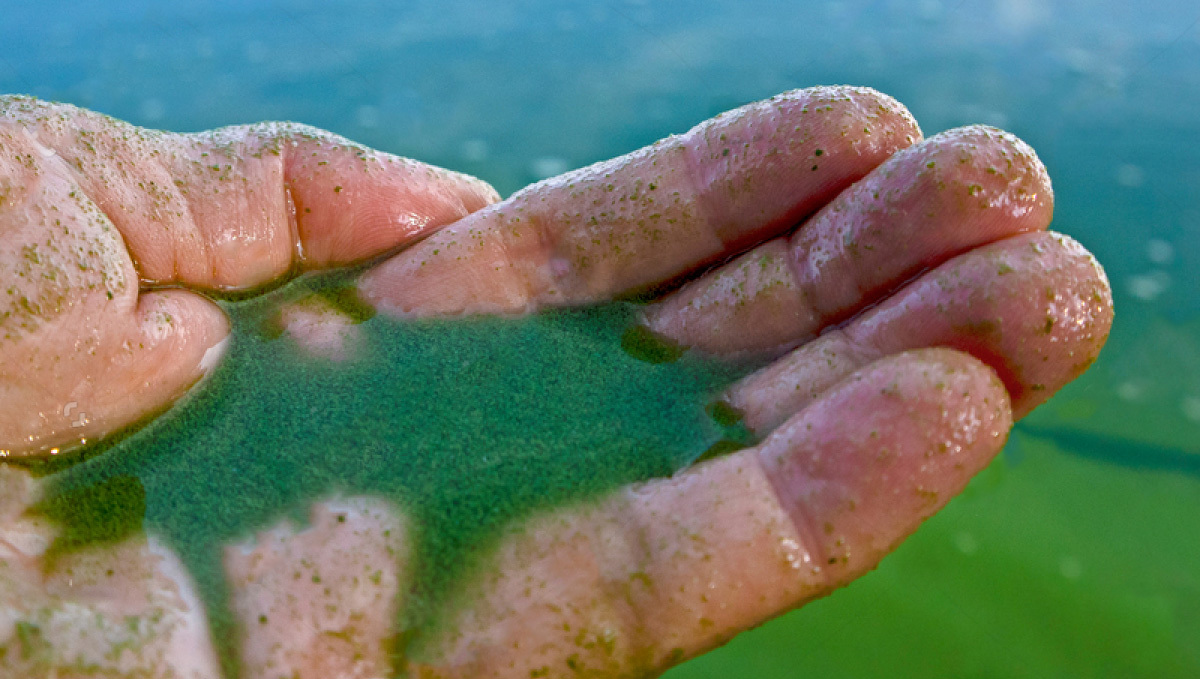
The second way they can produce oxygen problems is that algae can die and accumulate, oxygen consumption happens when the dead algae begin to decompose because the decomposition of any organic waste that happens beneath the surface will consume oxygen quicker than it can be replenished so it’s vital you remove dead algae from your system or provide more oxygenation until you can remove them.
Both of these scenarios are problematic because they rob valuable oxygen from the water. Whether algae starts to form in a deep water culture, a Kratky hydroponic setup, or even in the reservoir of a nutrient film technique system, its ability to take up oxygen can prevent adequate amounts from accumulating in plant roots. For one, plant roots need oxygen to breathe; without it, they soon suffocate and wither away. Secondly, an environment that lacks oxygen quickly gives rise to anaerobic microbes. While not all bad, several species that belong to this class are pathogens that can cause root diseases that impact growth and even kill plants.
PH oscillation
Algae can also cause pH oscillation that will affect your plants in a bad way, this happens because, as said above, algae consume CO2 during the day, when they’re performing photosynthesis, and CO2 is acid so as they consume CO2, the pH can rise 1-2 points easily. This can be quite hard to figure out because usually when this happens, the pH would be normal in the morning and be super high in the afternoon and drop late in the evening when the algae is not performing photosynthesis anymore. So, to avoid any of these problems you should take preventative measures and keep the algae population to a minimum.
4. How To Prevent Algae
As you may know by now, algae are almost impossible to avoid when growing in hydro due to the ideal conditions you provide when growing cannabis in this type of setup so if you want to be able to control algae growth, here are a few ways to help you.
Use opaque colored materials and cover exposed water
One way to control algae growth is to diminish light exposure, so using opaque materials will prevent light from reaching the parts where algae usually grow, thus reducing the possibility of photosynthesis and growth.
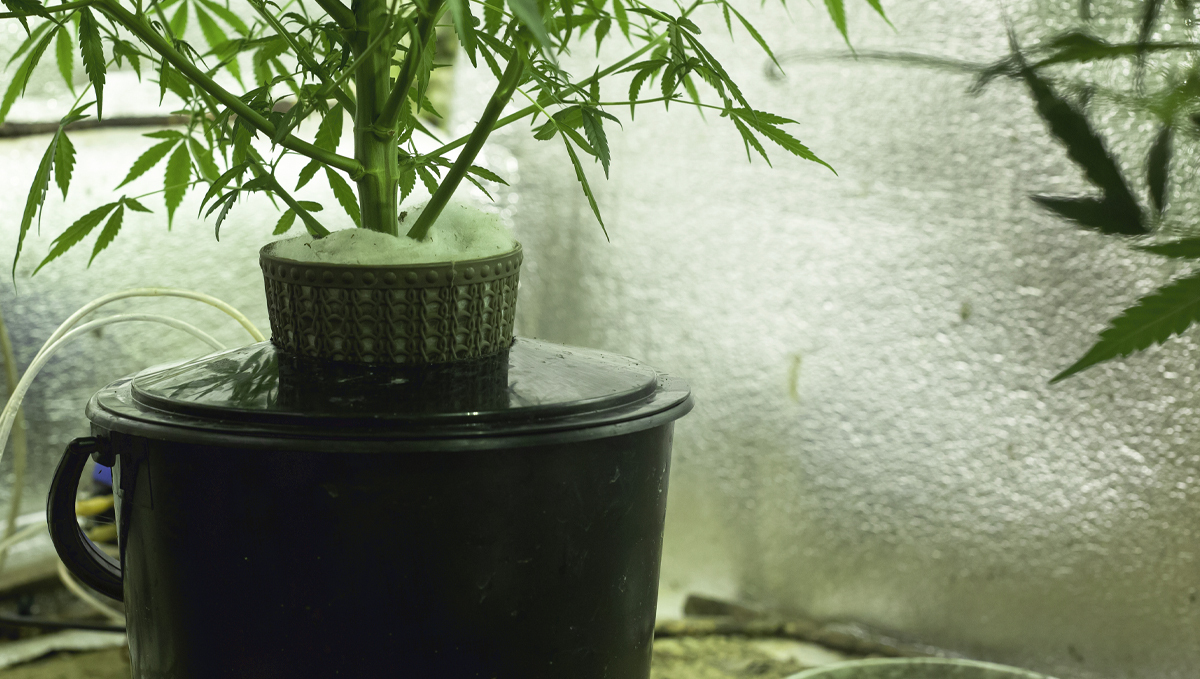
There are several ways to cover exposed water and the best way will depend on how your hydro system is set up, depending on your rig, you can use a solid-colored material or use a tarp or plastic cover to cover exposed water.
Grapefruit extract
Grapefruit is an effective measure for killing and preventing algae growth because grapefruit juice is a powerful anti-parasitical, anti-bacterial, and anti-fungal compound that, when used in low doses (around 1-3 drops per liter), can help prevent algae growth.
Use UVC light
Although this method might be expensive, it’s a good solution if you are having serious problems with algae. A UVC light can kill and eliminate all kinds of microorganisms, including algae, but the downside is that you will have to keep it powered whenever your rig is on.
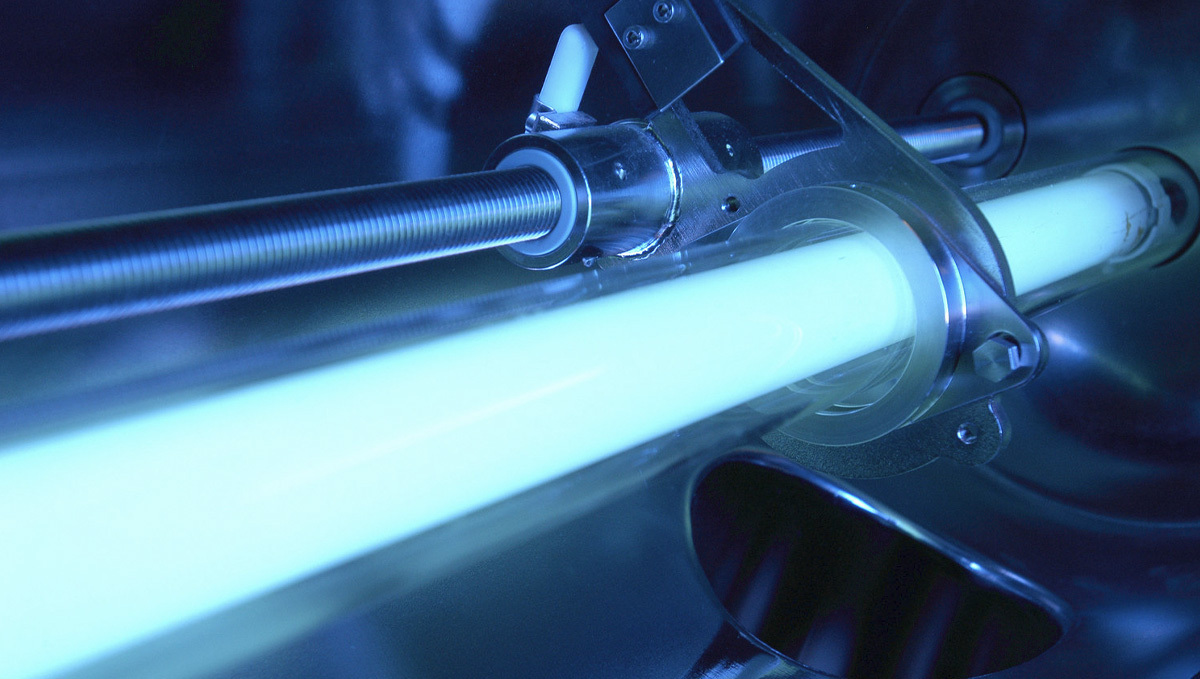
Have in mind that even though this is a useful and effective piece of equipment, it will be another thing you have to take care of so depending on the size of your growing operation, it may not be 100% worth having a UVC light.
5. How To Clean Algae Out Of Your Hydro Setup
If you already have an algae infestation, the easiest way to get rid of it is to buy a commercial algaecide which is really easy to use but it’s also very easy to damage the roots, so it’s better suited when you don’t have plants in your setup yet. Another bad aspect of commercial products is that, as time passes, algae will eventually become resistant to a point where they will continue growing, so first of all, you need to assess the amount of algae in your hydro setup.
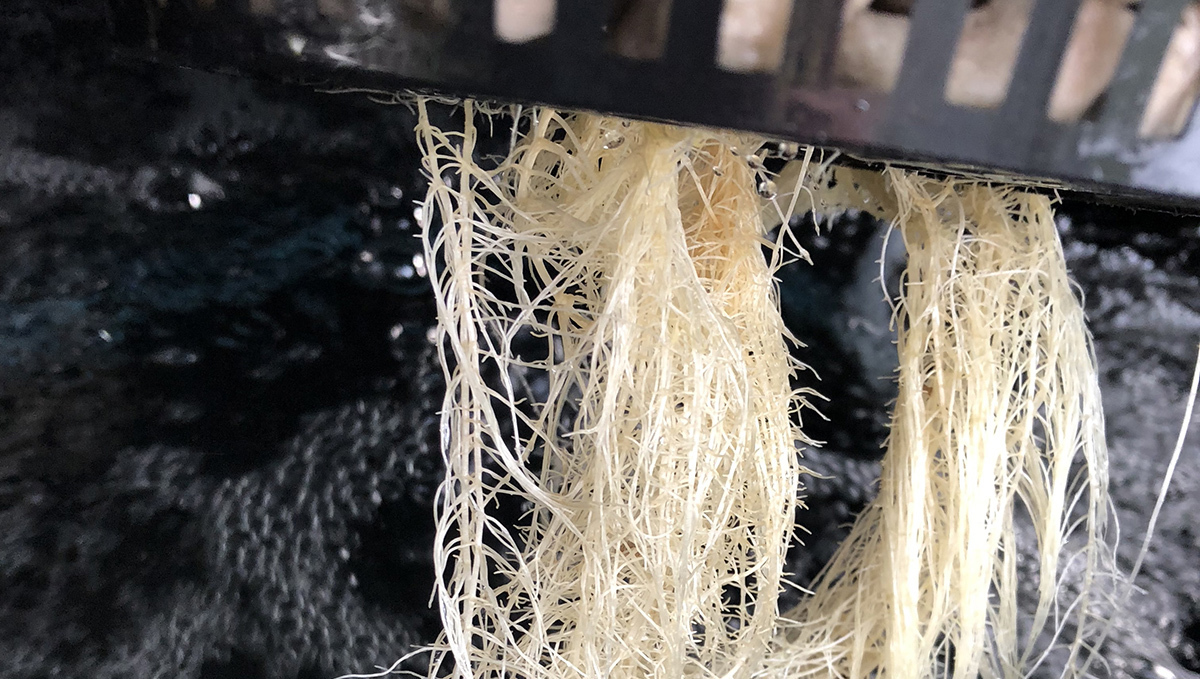
If it’s a small amount it’s probably caused by a light leak in your water reservoir but if it’s serious and the algae continue to grow, you will have to perform a thorough clean. So here’s a step-by-step guide to help you clean your system completely, just have in mind that this should be done before starting your grow cycle.
Step 1 - Sterilization
Algae spores can travel via the air so before cleaning your hydro system, it is essential you clean your whole grow room, it won’t help cleaning your system if there are spores flying around your grow space. Remember that spores can stick to everything so you’ll also need to clean the pots, medium, and everything inside your grow space, you can do this with any of the cleaning mixes you’ll see in step 3.
Step 2 - Draining the system
So, after you’ve cleaned your grow space you should get rid of the old nutrient solution and water in the reservoirs, make sure you take all the safety measures if your system has a pump or a recirculating system.
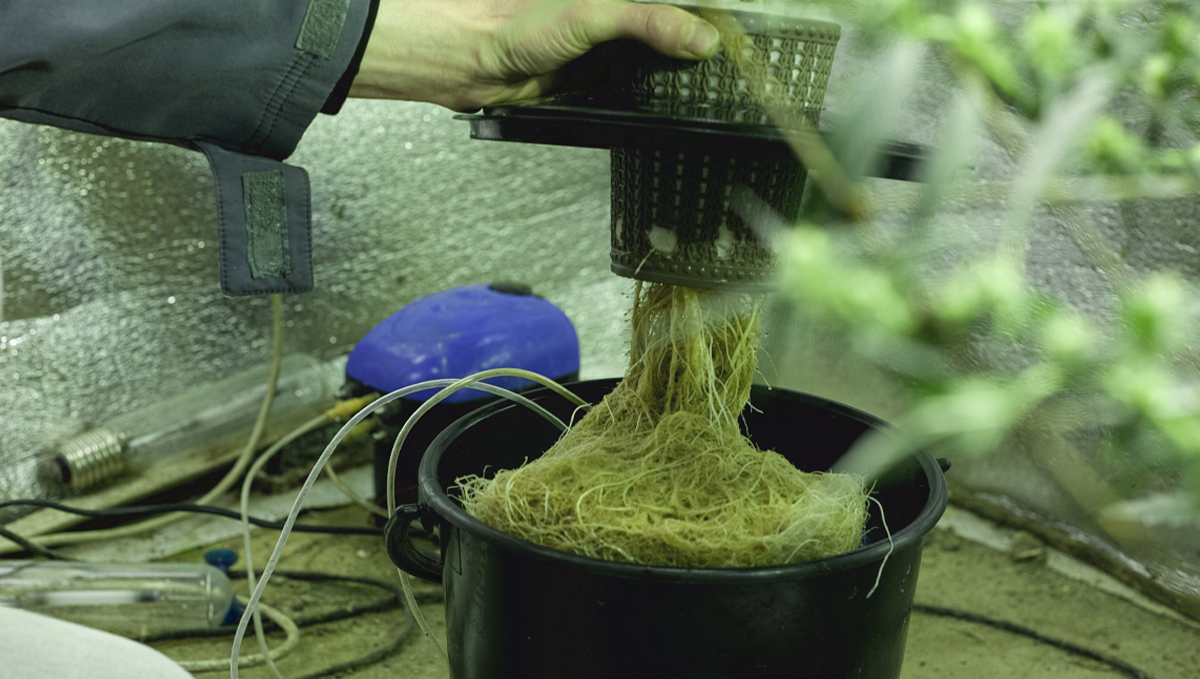
Step 3 - Clean your system
To clean your setup you will have to recirculate either Hydrogen peroxide or Bleach throughout your whole system, this is the only way to make sure you completely eliminate algae, pathogens, or bacteria.
| Chemical | Amount | Amount of water |
|---|---|---|
| Hydrogen peroxide | 1ml | 1 liter |
| Unscented bleach | 13ml | 1 liter |
To properly use any of these mixes it’s very simple; you just need to disassemble every piece of equipment including pumps, air stones, and everything else, remember that even if the algae didn’t reach the air stones, it’s better to be safe than sorry. You can soak all of the components in a cleaning solution like the ones cited above or you can run your system with the cleaning solution, this way it will travel all around your setup, removing every algae left. After soaking or running the solution, you will need to drain and rinse every component at least three times to remove any chemical left and after rinsing it at least three times, you want to dry it with a towel, have in mind that’s essential to rinse and dry everything properly because the cleaning solution can kill your plants if you don’t do it thoroughly.
6. Can Algae in Hydroponic Setups be Beneficial?
As mentioned, algae growth in hydroponic setups can have negative effects on plant growth and can even end up killing your plants, so obviously you need to control it closely. But, there’s research that claims certain types of algae can be beneficial and improve plant growth. One of these beneficial algae is a large-sized alga popularly known as seaweed. Seaweed extracts specifically designed for plants and hydroponic setups can improve plant growth and provide certain nutrients your plants need. There are scientific studies that claim that certain algae can also release ethylene, auxins, cytokinins, gibberellins, and abscisic acid which are growth promoters and will boost plant growth.
Certain types of algae can provide other benefits, providing anti-fungal and anti-bacterial properties that can help you prevent diseases in the root zone. Now, this doesn’t mean that all algae are beneficial, as mentioned throughout the text, most algae species are harmful but it’s only certain algae species that produce beneficial compounds that will aid in plant growth, so make sure to use the right ones. Having said that, most algae species will not be beneficial for your plants and need to be removed immediately so if you see algae growing in your hydroponic setup, make sure to clean it thoroughly with a cleaning solution specific for hydro setups.
How to make Seaweed Extract at home
If you want to try the benefits of seaweed extracts, you can just buy them directly from your local grow shop….but you can also make them at home! So if you live near the coast and are looking to make your own seaweed extract, here are a few simple steps you’ll need to follow.
Step 1
First of all, you need to get the seaweed. So go ahead and gather as much seaweed as you can then let it sit in warm water for 24-48 hours to wash off the salt. This water will be full of sea salt so you can throw it away once you’ve washed the seaweed.
Step 2
Once you have washed them, make sure to dry them very well and use a mixer or a blender to turn them into a fine powder. Once it is a fine powder, you can mix the powder with water to have the seaweed extract in liquid form.
Step 3
This seaweed extract in liquid form is super concentrated and you should not use it as is. When it’s time to use it, dilute it at 1 - 5 ml per liter of water. Another good tip is that greener seaweed contains more nitrogen which is ideal for the vegetative stage while reddish seaweed contains more potassium which is ideal for the flowering stage.
7. In Conclusion
Growing in hydroponics can be very rewarding but it can also take a lot of time and effort, especially when things like this happen, so it may not be suited for all levels of expertise but we definitely recommend you try it at least once. If you’re a hydro growers and know other tips to prevent or get rid of algae, please help fellow growers, leave a comment in the comment section below!
External references
- Marine Algae and Plants. - Wada, Shigeki & Ishida, Ken-Ichiro & Noda, Michiyo & Abe, Hideki. (2020).
- Hydrogen Production by Algae. - Catal, Tunc & Kavakli, Ibrahim. (2020).














Comments